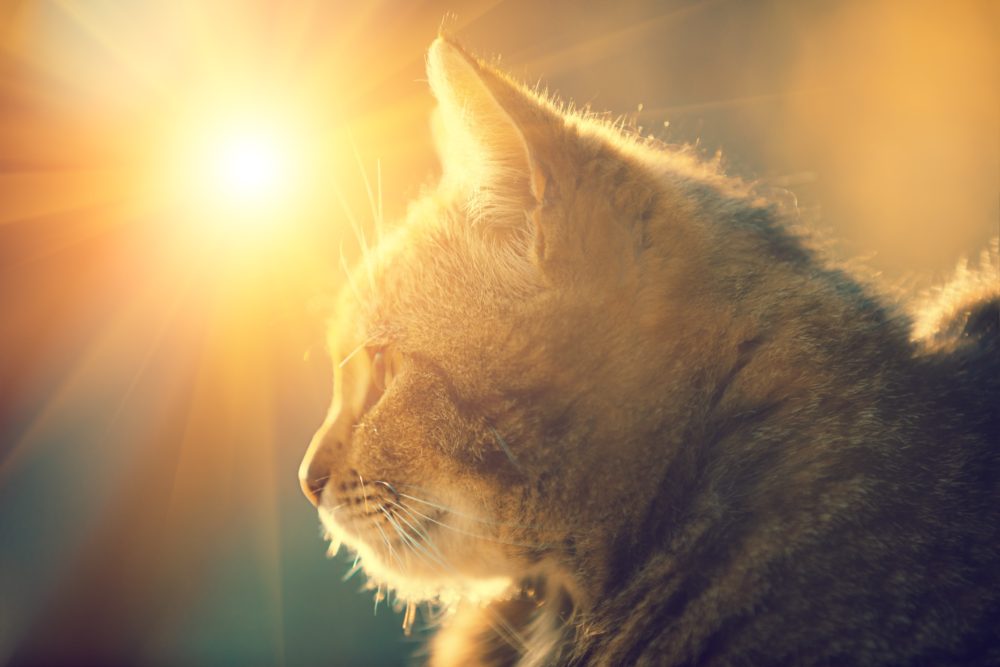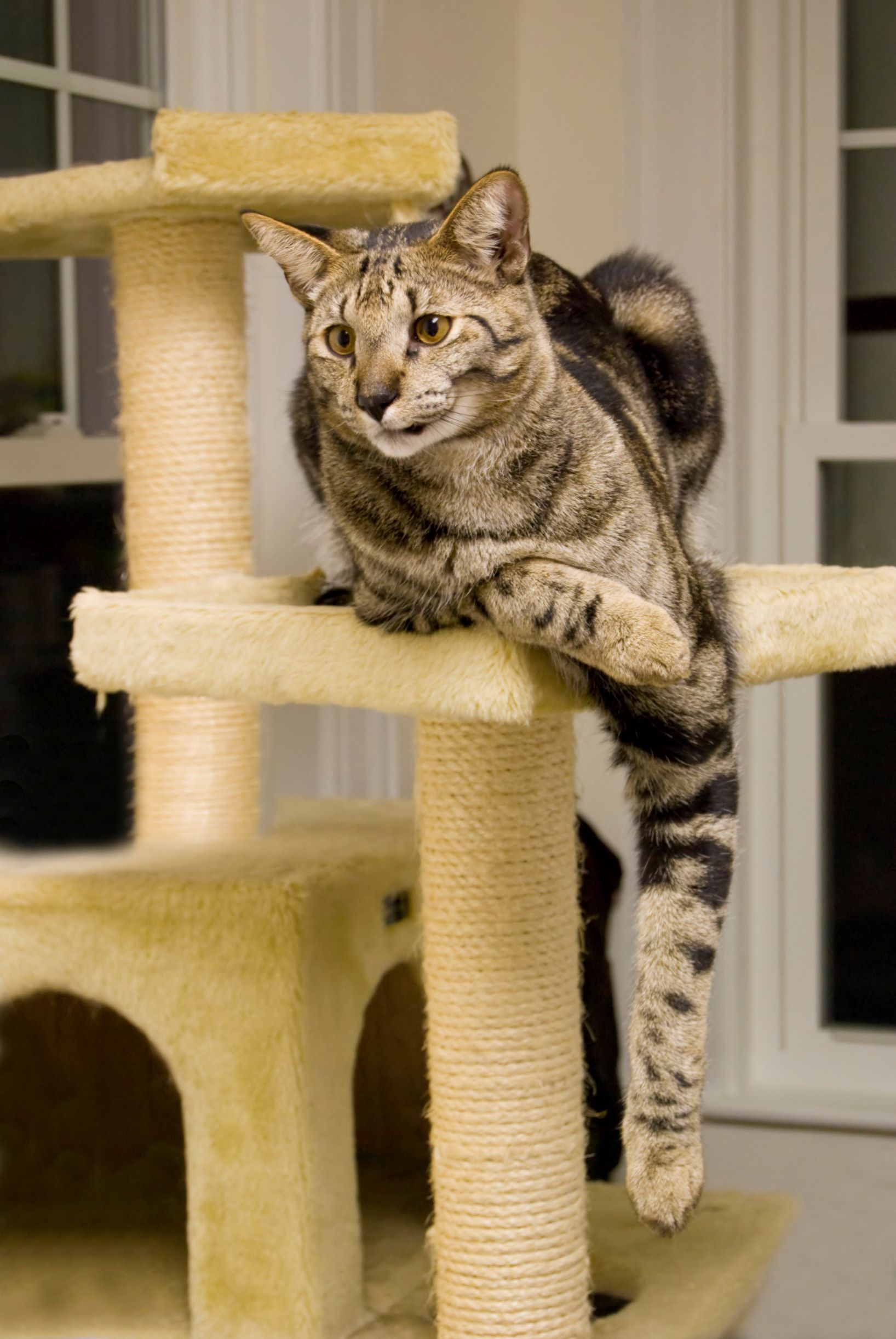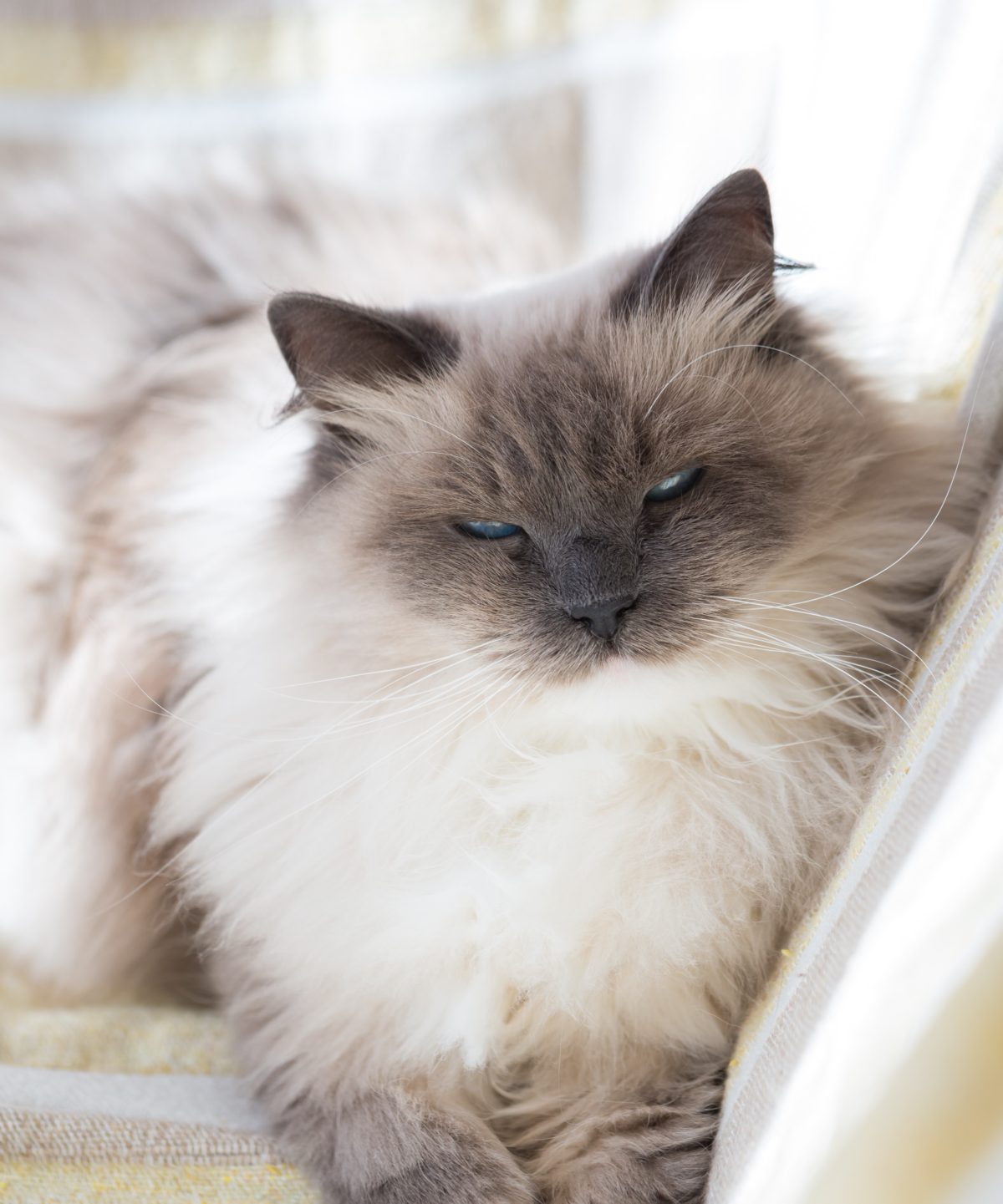
Keeping cats safe in winter – a complete guide
 As temperatures begin to drop over the Autumn months, the nights get darker and the weather worsens, it’s a good idea to ensure your cat is ready for the winter. Outdoor cats may still prefer to wander outside even when it’s cold which can be worrying for owners. Exposure to cold temperatures for a long period of time can be as dangerous to cats as it is to humans. A good rule of thumb is that if it’s too cold for us then it is also too cold for a cat. Older cats and those with shorter hair will be more at risk than a young, healthy, long haired cat.
As temperatures begin to drop over the Autumn months, the nights get darker and the weather worsens, it’s a good idea to ensure your cat is ready for the winter. Outdoor cats may still prefer to wander outside even when it’s cold which can be worrying for owners. Exposure to cold temperatures for a long period of time can be as dangerous to cats as it is to humans. A good rule of thumb is that if it’s too cold for us then it is also too cold for a cat. Older cats and those with shorter hair will be more at risk than a young, healthy, long haired cat.
Here are key steps to keeping outdoor cats safe in winter
Access to somewhere warm
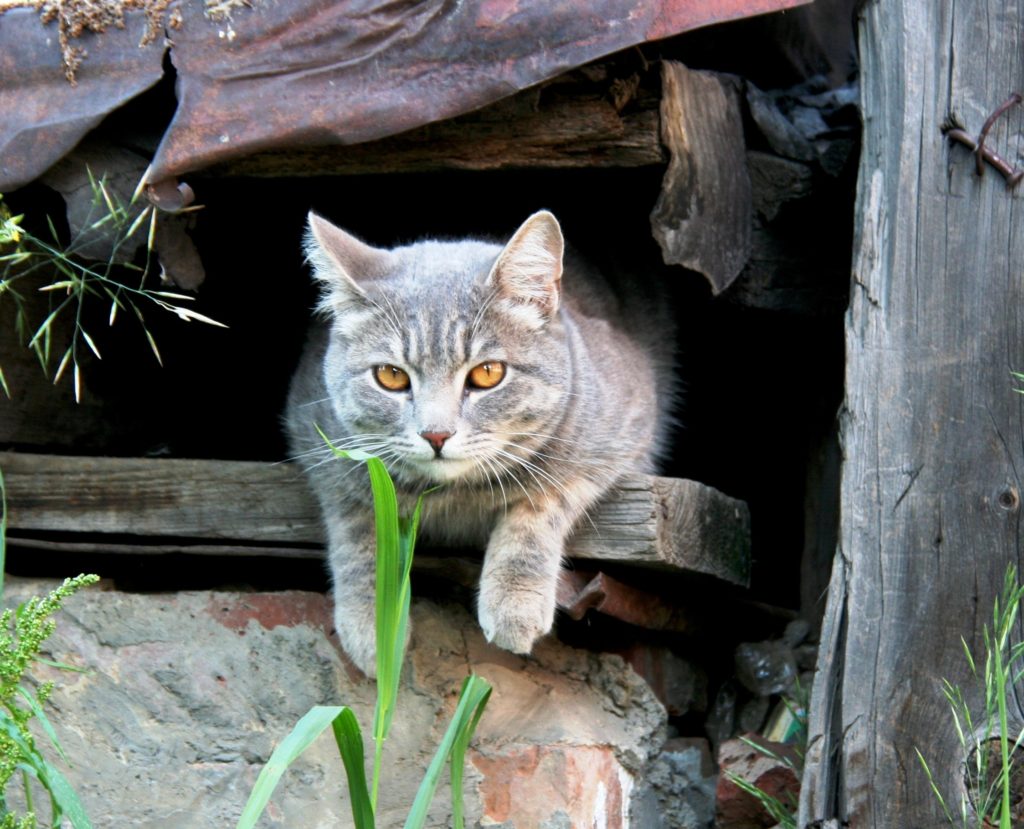 Whilst some outdoor cats may prefer not to venture outside on a cold frosty morning, many will still insist on braving the weather and head outdoors to seek a new adventure. It is important to ensure they always have access to shelter, somewhere warm and dry like an outhouse or garage. Keep your garage clean and tidy ensuring any dangerous objects are kept away safely. Make a dedicated space in your garage or shed for your cat such as a cosy nest of straw to snuggle into.
Whilst some outdoor cats may prefer not to venture outside on a cold frosty morning, many will still insist on braving the weather and head outdoors to seek a new adventure. It is important to ensure they always have access to shelter, somewhere warm and dry like an outhouse or garage. Keep your garage clean and tidy ensuring any dangerous objects are kept away safely. Make a dedicated space in your garage or shed for your cat such as a cosy nest of straw to snuggle into.
You can also buy or make shelters for your outdoor cats. Making your own shelter doesn’t have to be complicated or expensive. Ensure it is not too big, it is the cat’s body heat that warms the shelter and in a large space the heat generated will disperse quickly. Straw is the best material to insulate the shelter as the cats can snuggle and burrow into the straw to keep warm. Avoid using hay as it soaks moisture and can get mouldy. It can also cause allergies in some cats. If possible, try to raise the shelter off the ground and do not put the entrance in the direction of the wind. After snowfall, clear away the snow to make a clear walkway to the shelter.
On extremely cold temperatures it is advisable to keep cats indoors as hypothermia and frostbites are key risk factors. The fur coat of cats will not protect them from severe freezing temperatures. On cold rainy days, or in snow, the fur will get wet and this then decreases their body temperature.
Keeping your cat indoors
If a harsh winter is forecasted start getting outside cats used to spending time indoors. When the bleak weather arrives, it will not be such a shock for them to be kept indoors. If the conditions are just too wintry to let your outdoor cat out, ensure there are enough toys to keep her entertained indoors. A cat tower, a scratching post, some toys and activity feeders will help to keep her amused. Spend some time playing together to help burn off the excess pent up energy.
Check cat flaps
Cat flaps can become frozen or hidden beneath heave snowfall. Check the cat flaps often to ensure your cat can get out and more importantly, be able to return indoors safely.
Check your car before setting off
Cold frosty days can make warm car engines a fabulous place to snuggle if you are a cat. Before setting off on your journey always check underneath your car and under the bonnet. It takes two minutes at the most to check but is crucial. Simply slap the bonnet a couple of times before starting the engine or beep the horn. The noise should wake them up and they will hopefully move. Many cats have been injured, and even killed, by snuggling by a warm engine.
Do not leave your cat in the car
We are all well aware of the dangers of overheating if pets are left in the car on a hot summer’s day, but it can be equally dangerous to leave your cat unattended in freezing conditions. A car can turn into a refrigerator very quickly in plummeting temperatures.
Check paws
Snow, grit and salt can aggravate little paws therefore check your cat’s paws when she returns and gently wipe away any residue.
Regular grooming
Some cat breeds develop thicker coats for the winter. Check the coats for knots and matting especially around the belly and inside the legs. Regular grooming will help prevent knots. Brushing also stimulates blood flow which improves the condition of the skin. We have a whole article dedicated to grooming your cat Do I need to brush / groom my cat? An introductory guide
Litter tray
Snow on the ground will mean that a cat who usually toilets outdoors will need access to a litter tray. Place the litter tray in a location where your cat will have some privacy. If you have more than one cat, multiple trays should be provided at various locations. This will avoid competition and conflict over territory.
Microchip
Ensure your cat is microchiped so if she gets into trouble and is found by someone they can trace her back to you. What can work well in winter is keeping your cat indoors at night and outdoors during the day. Dark wintry night can increase the risk of road accidents, so this compromise can work well. Indeed, this is what we do with our cat, Misty, all year round. Check out our article on whether to have an indoor or outdoor cat and how to balance the two options.
Snow supervision
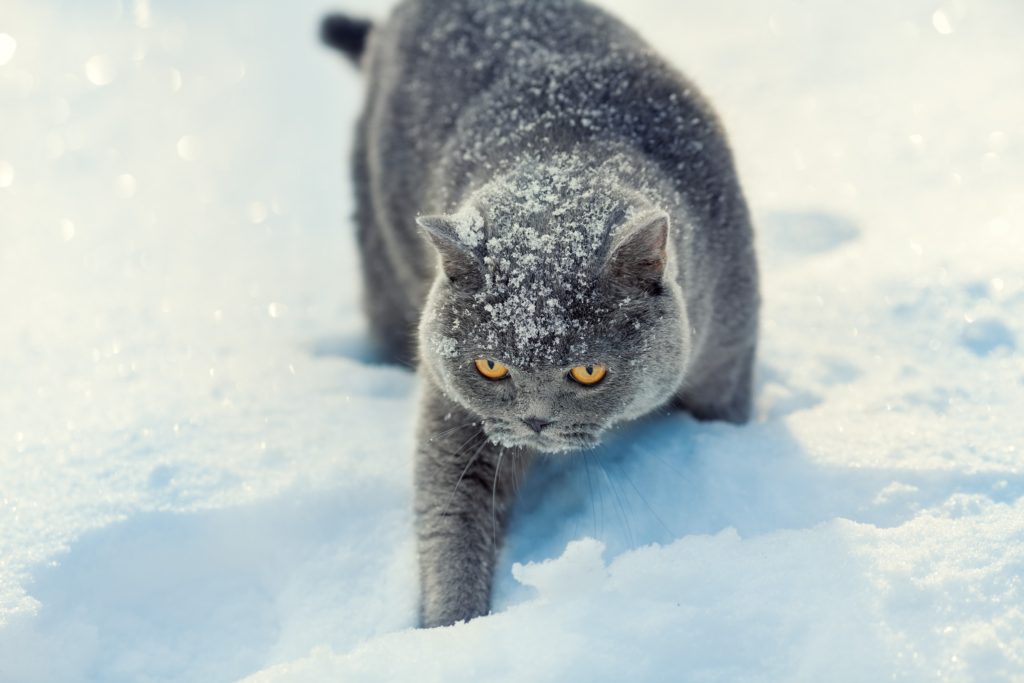 At times of heavy blizzards and deep snowfall it is best to keep your cat safe indoors. However, with just a little dusting on the ground the icy cold flakes may be an interesting adventure. If it’s the first time your cat has experienced snow, stay with her and supervise her while she settles and susses out this new sensation. The feeling of icy paws and the freezing temperatures may simply not be for her and she may well run back to the warmth and safety of the indoors. Check out our article ‘Do cats like snow?’ for a further insight into how our cats cope with snow.
At times of heavy blizzards and deep snowfall it is best to keep your cat safe indoors. However, with just a little dusting on the ground the icy cold flakes may be an interesting adventure. If it’s the first time your cat has experienced snow, stay with her and supervise her while she settles and susses out this new sensation. The feeling of icy paws and the freezing temperatures may simply not be for her and she may well run back to the warmth and safety of the indoors. Check out our article ‘Do cats like snow?’ for a further insight into how our cats cope with snow.
Extra food
Cats may need extra food when the temperatures plummet. The additional calories will be used to generate body heat and energy to keep warm. A healthy, well-nourished cat with body condition in top form will cope much better with the cold weather. Check that the wet food has not frozen. It may be an idea to offer dry food too. Some slightly heated soup may be very rewarding on a chilly evening. Check out our ‘Soup for cats’ guide.
Fresh water
Give fresh water twice a day. To minimise the risk of freezing use bowls that are deep, rather than shallow and wide. Place in a sunny location if possible. There are heated bowls available or put a microwavable heating pad underneath the water bowls to prevent freezing. Building a feeding station for outside will also help protect the food and water from freezing.
Annual check-up with the vet
Before the winter really sets in, it is a good idea to give your cats an annual check up with the vet to make sure they are fit and healthy and ready for the cold winter ahead.
Antifreeze poisoning risks
One of the biggest risks during the winter period for your cat is antifreeze poisoning. Antifreeze is extremely toxic to cats and can prove fatal if they ingest it. It is something that most of us have in the garage ready for those frosty mornings, but it is essential that it is kept well away from the reach of cats. Antifreeze, also known as ‘ethylene glycol’ has a tempting smell that some cats seem attracted to, but if cats ingest even a little amount it can kill them. Also ensure that any spills on the driveway are cleaned up, if a cat walks through the spillage they are likely to lick their feet and fur clean.
If you think your cat may have ingested antifreeze, contact your veterinary immediately.
Symptoms of antifreeze poisoning in cats include:
Up to 12 hours after consumption of antifreeze: vomiting, appearing unsteady and wobbly, may be very vocal.
12-24 hours after consumption of antifreeze: increased heart rate, further unsteadiness and lethargy.
After 24 hours after consumption of antifreeze: By this point, sadly, the damage is done, and recovery rate is very poor. Continued vomiting, cat in pain and drinking a lot are all symptoms.
Prevention is better than cure therefore please keep your antifreeze well out of the reach of cats.
Here are key steps to keeping indoor cats safe in winter
Even though your cat may be an indoor-cat there are still a few things to consider over the winter months.
A warm cosy bed
Even being tucked safely indoors, some cats can still feel the chill of the winter months especially those with fine coats or elderly cats. Ensure they have a warm cosy bed with no draughts. Heat pads for pets are available which are heated in the microwave but always advisable to wrap them in a blanket to ensure the heat is gentle. Cats have very thin skin and can burn easily. There are also several types of heated cat beds available. Check out our article ‘Where should my cat sleep’ for an in-depth guide on choosing a bed and suitable napping places for your cat.
Elderly cats
Elderly cats or those suffering from arthritis may find that the cold weather makes them stiff and joints painful. Ensure that they can access their favourite places easily. Place a chair or step nearby to avoid them having to jump.
Open fires
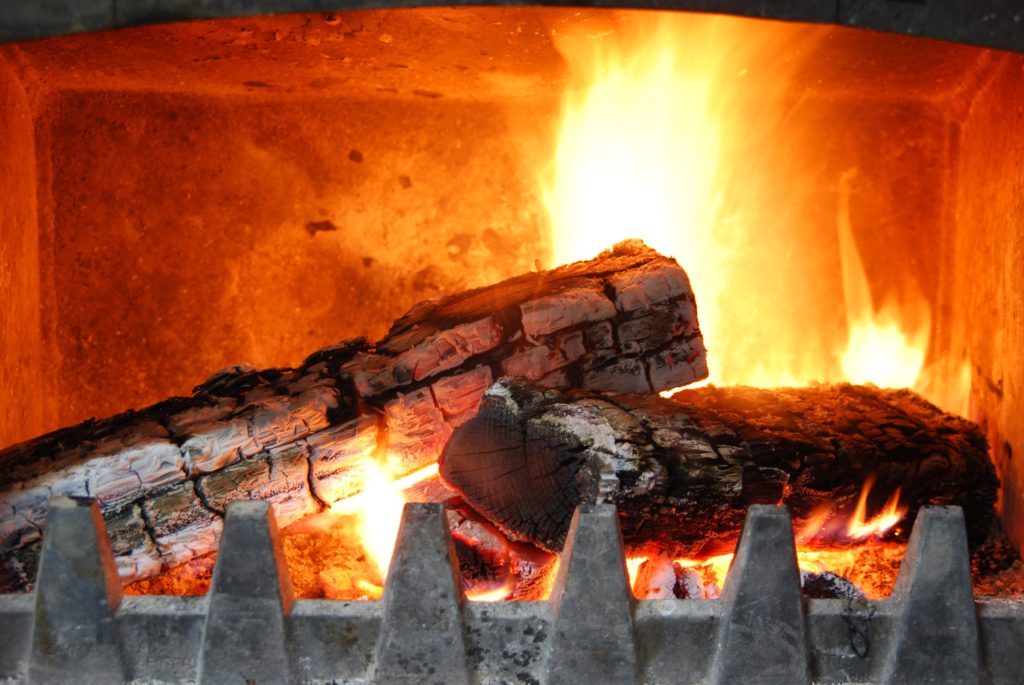 There is nothing more inviting, for cat and indeed for us humans, than an open fire on a cold frosty day, what better place to curl up and have a nap. For safety and protection always use a fire guard. A cat only has one temperature sensor on her body – on her nose, and they can burn if they sleep for too long in front of a hot fire.
There is nothing more inviting, for cat and indeed for us humans, than an open fire on a cold frosty day, what better place to curl up and have a nap. For safety and protection always use a fire guard. A cat only has one temperature sensor on her body – on her nose, and they can burn if they sleep for too long in front of a hot fire.
Plenty of water
During the winter months indoor air tends to be drier due to increased use of central heating therefore make sure your cat has access to plenty of fresh water.
Christmas
The fun and festivities of Christmas is a great time for all the family, but it is worth spending a little time ensuring your home is safe for your cats. Certain foods, Christmas plants, decorations and Christmas trees can be dangerous to cats, some are even lethal. We have an article dedicated to Christmas safety, not just highlighting the dangers of Christmas but also how to include your cat in the celebrations also. How to celebrate Christmas with your cat.
Stock up on supplies
Plan ahead when severe wintry weather is forecasted by stocking up on your cat food and litter as well as household food and supplies.
Does my cat need clothing in winter?
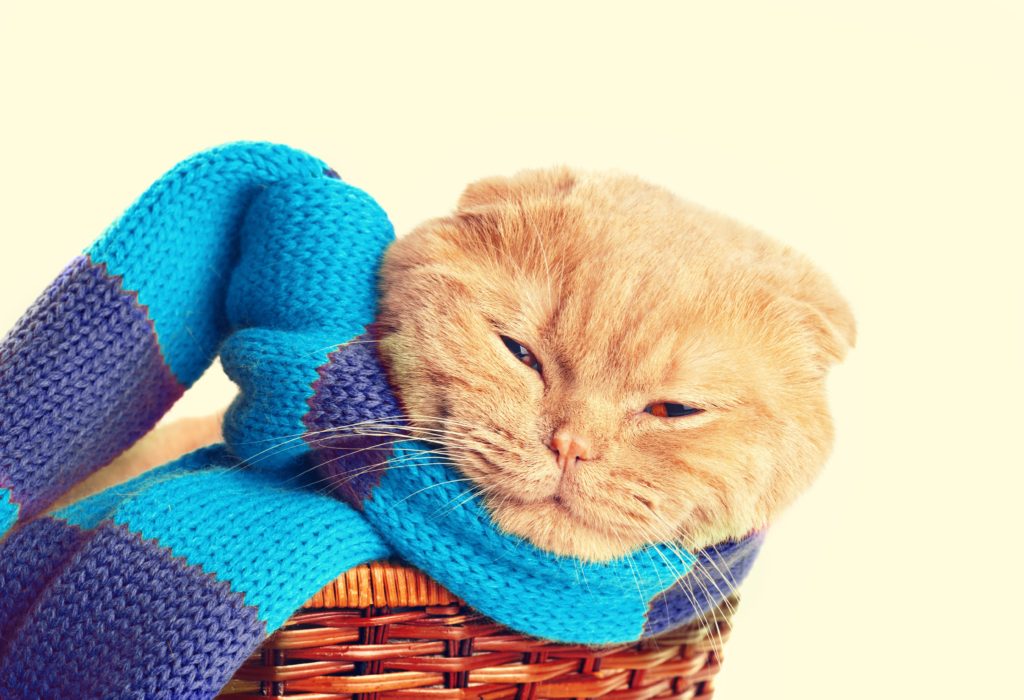 As we wrap up in warm coats, hats and scarves it may seem a good idea to purchase some warm clothing for our cats too. There are many cat sweaters, coats and booties available to buy, all looking incredibly cute, but do our cats really need them? There are many reasons a cat may not enjoy being dressed up:
As we wrap up in warm coats, hats and scarves it may seem a good idea to purchase some warm clothing for our cats too. There are many cat sweaters, coats and booties available to buy, all looking incredibly cute, but do our cats really need them? There are many reasons a cat may not enjoy being dressed up:
- Cats depend on their sense of smell for communicating so to have their fur covered in a foreign smell will not be natural to her. She will probably spend a lot of time cleaning and grooming when it is removed.
- The new strange sensation of clothing may cause her to become frightened and anxious at which point many cat’s instinct is to run away and hide. And if this costume is still on her this will only cause further distress if she can’t take it off.
- Any buttons, ribbons or decorations on the costume may prove a choking hazard if your cat starts chewing them. This could result in an emergency visit to the vet.
Do not force your cat to do anything they don’t want to do, they could cause injury to themselves or you could get scratched or bitten too. A thick coat or sweater may actually cause your cat to overheat.
The only exception to this is hairless cats – if they are venturing outdoors in colder weather they will need a sweater or coat to keep them warm.
Do feral and stray cats need help in winter?
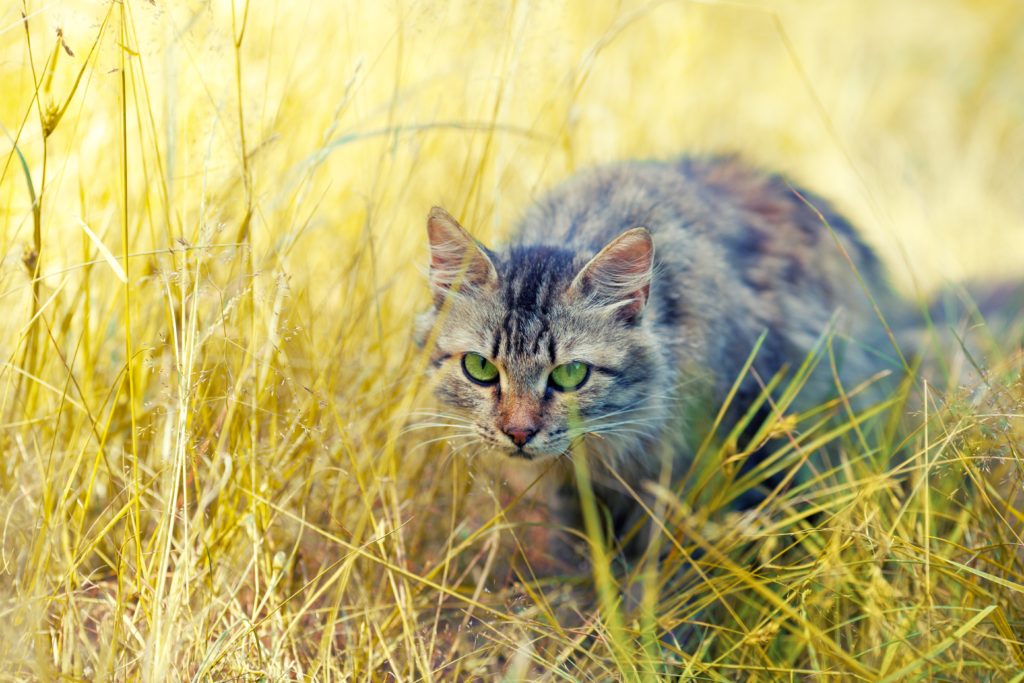 Despite the resourcefulness of feral and stray cats, as the weather gets colder, these cats will benefit from a little help over the winter period. The following quick and easy tips can help them enormously:
Despite the resourcefulness of feral and stray cats, as the weather gets colder, these cats will benefit from a little help over the winter period. The following quick and easy tips can help them enormously:
- Provide a warm, dry shelter. It does not have to be expensive or elaborate but it could make all the difference. Make one from some old wood, modify an unused dog or rabbit shelter or even a storage bin on its side. The key is not to have it too large. The cat’s body heat will warm the shelter, and a smaller shelter will be easier to keep warm. Straw or an old pillowcase are ideal to put in the shelter, cats love to burrow in straw which helps keep them warm. Do not use blankets, towels, folded newspaper or hay as these all absorb heat from the cat’s body.
- Leave out some food and water if you can, ideally near the shelter. Do not put water bowls inside the shelter in case of spillage. The water will freeze and will cause the shelter to become colder.
Hypothermia in cats
The normal body temperature for a cat is between 100.5°F and 102.5°F. Hypothermia in cats is defined as body temperature falling below 100°F. Long exposure to cold temperatures, especially if fur has become wet will lead to hypothermia. As the cat’s body temperature falls, heart rate decreases along with other bodily activities and without treatment, the cat can die.
Symptoms of hyperthermia include:
- Cat shivering violently as they attempt to generate warmth.
- Skin is cold to the touch
- Difficulty breathing
- Lethargic
- Loss of consciousness
The symptoms will become more noticeable as the hypothermia becomes more severe. Veterinary advice should be sought as soon as hyperthermia symptoms are noticed. If left too long, the cat’s temperature may fall too low and the cat may fall into a coma.
Whilst awaiting veterinary care there are steps you can take to stabilise the condition:
- If your cat is wet, dry her up and wrap in a warm towel or blanket. Move to a warm environment.
- Hot water bottles can help to warm your cat but ensure they are not too hot.
Prevention is always better than cure. Either keep your cat inside during cold, wet conditions or ensure there is access to a sheltered warm area.
Other articles you may find of interest:
Should I leave the heating on for my cat? Do cat’s fur keep them warm?
Can cats sense a storm? And how to keep cats calm if they are anxious
Do cats like rain? Where do cats go when it’s raining?
.

